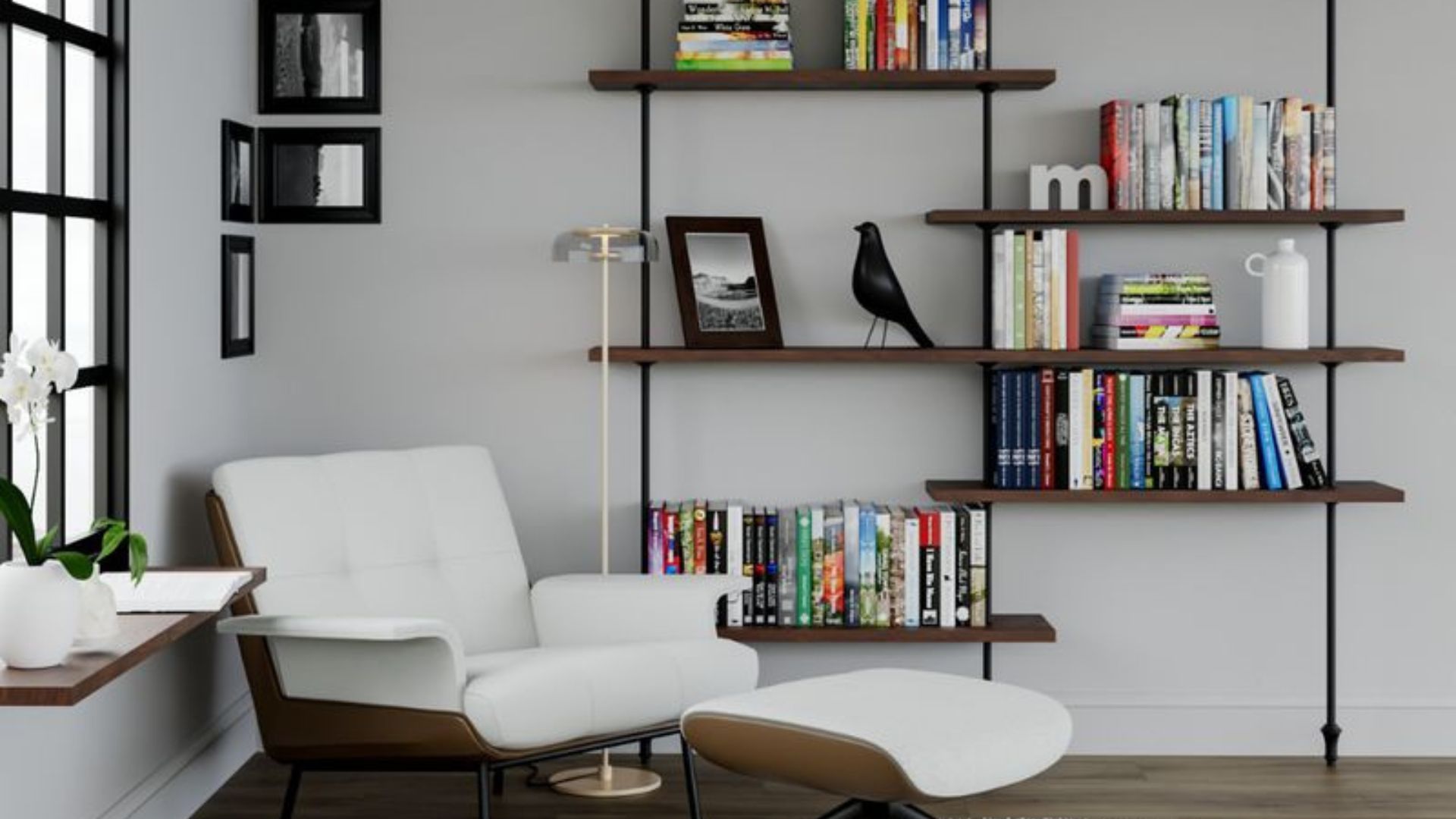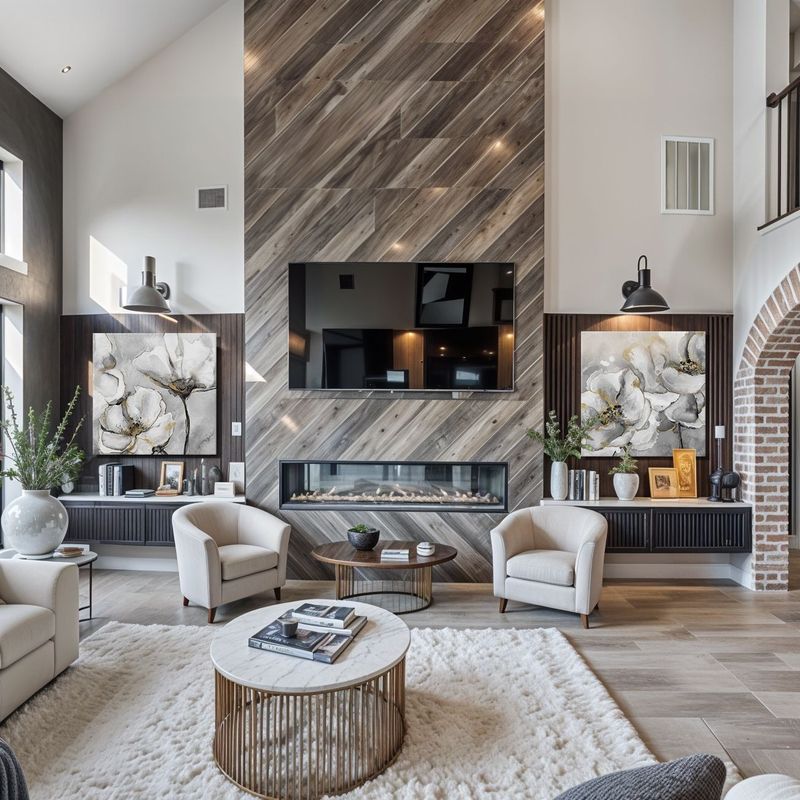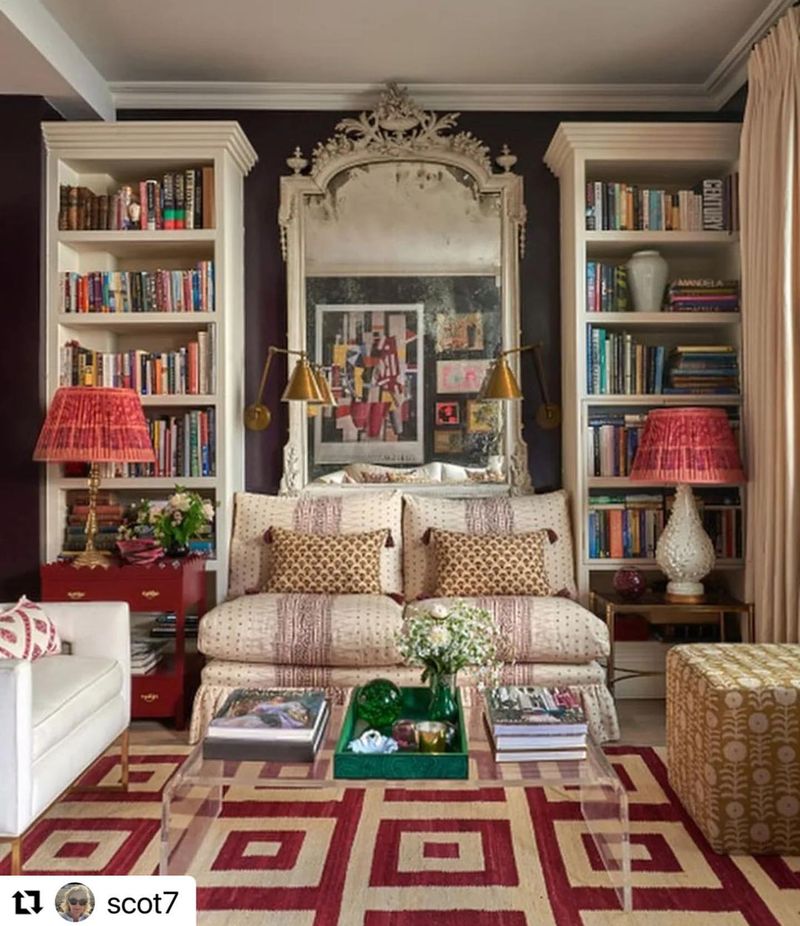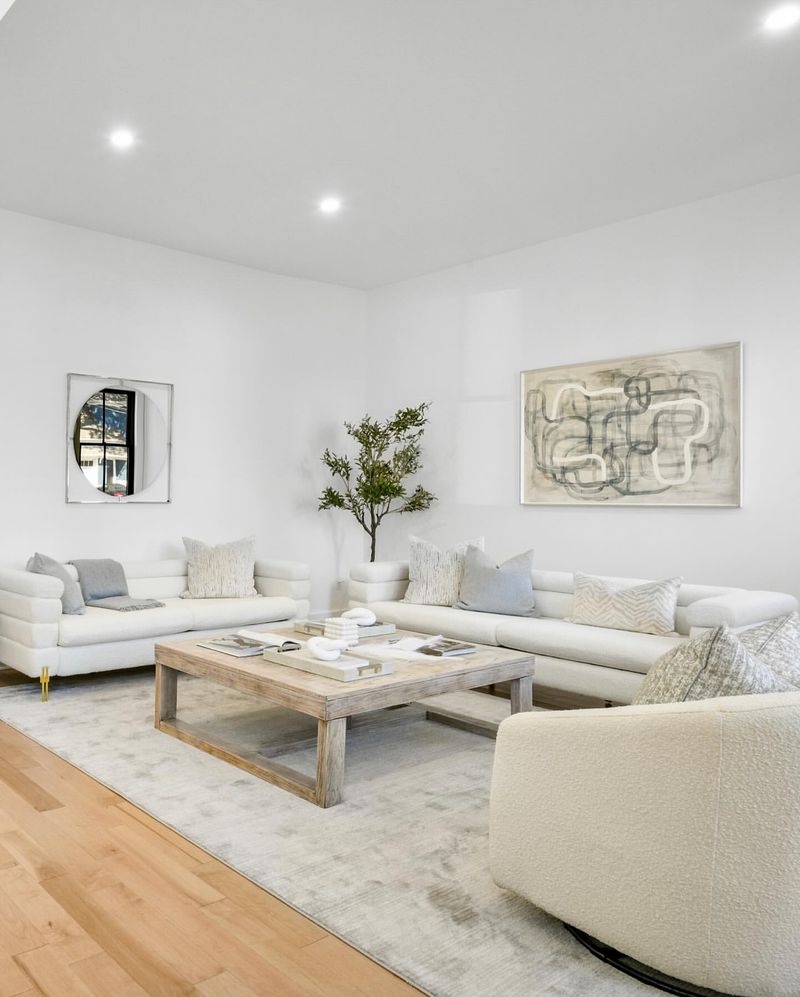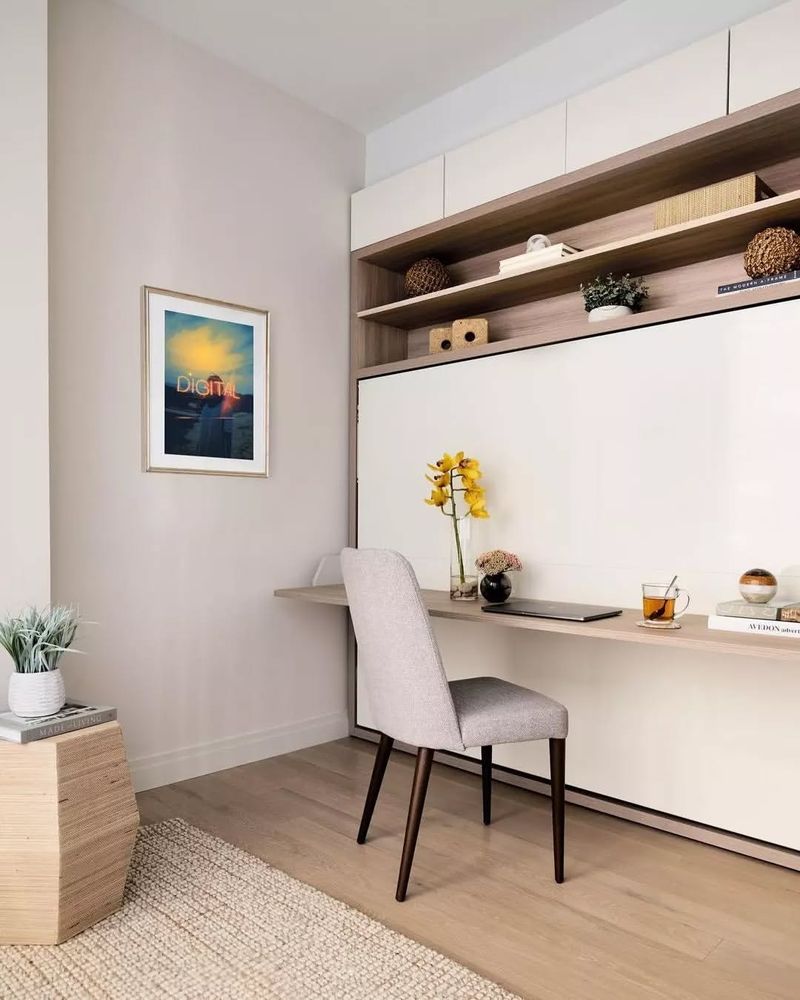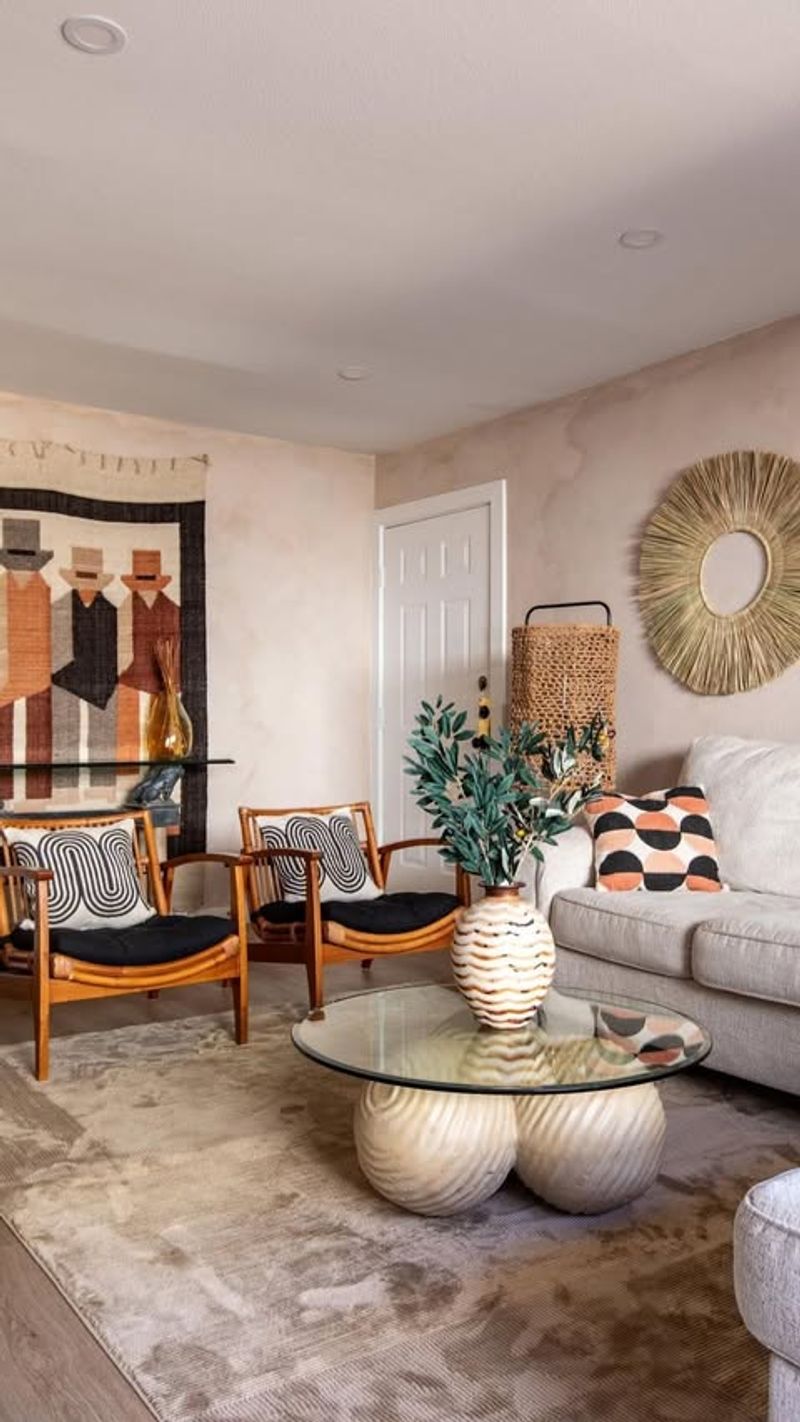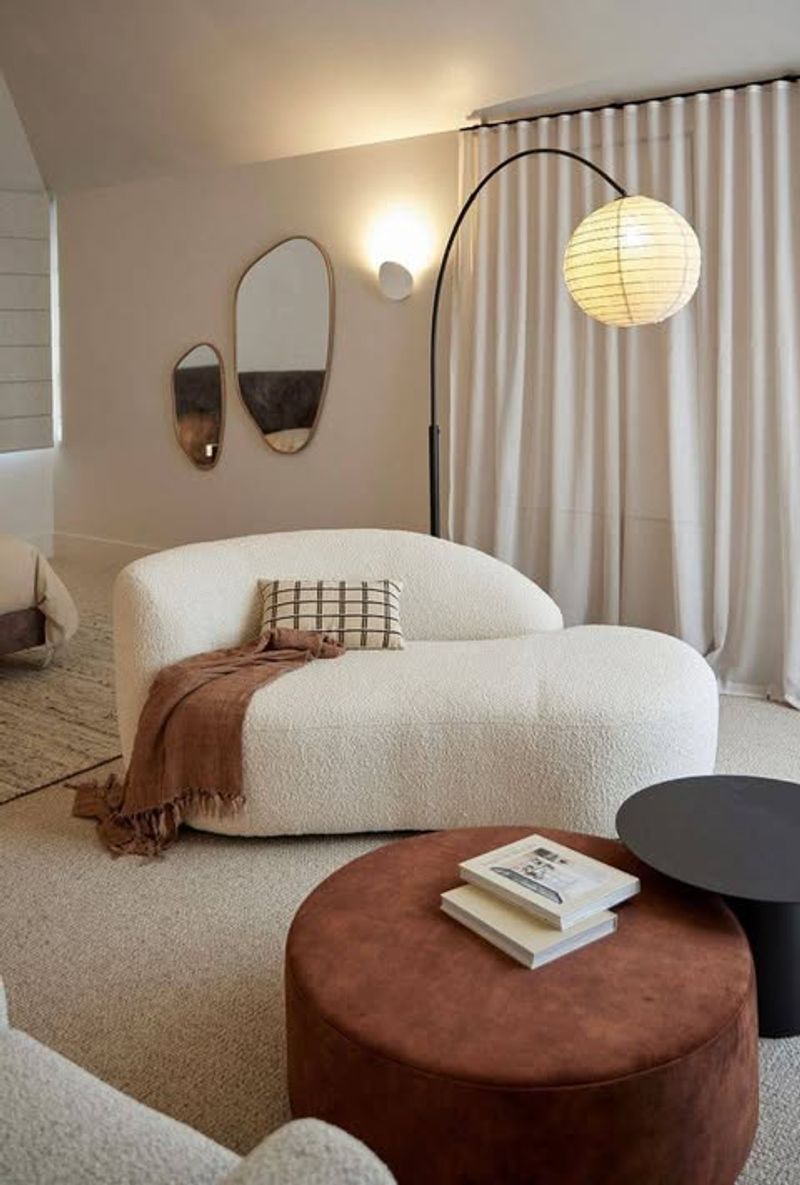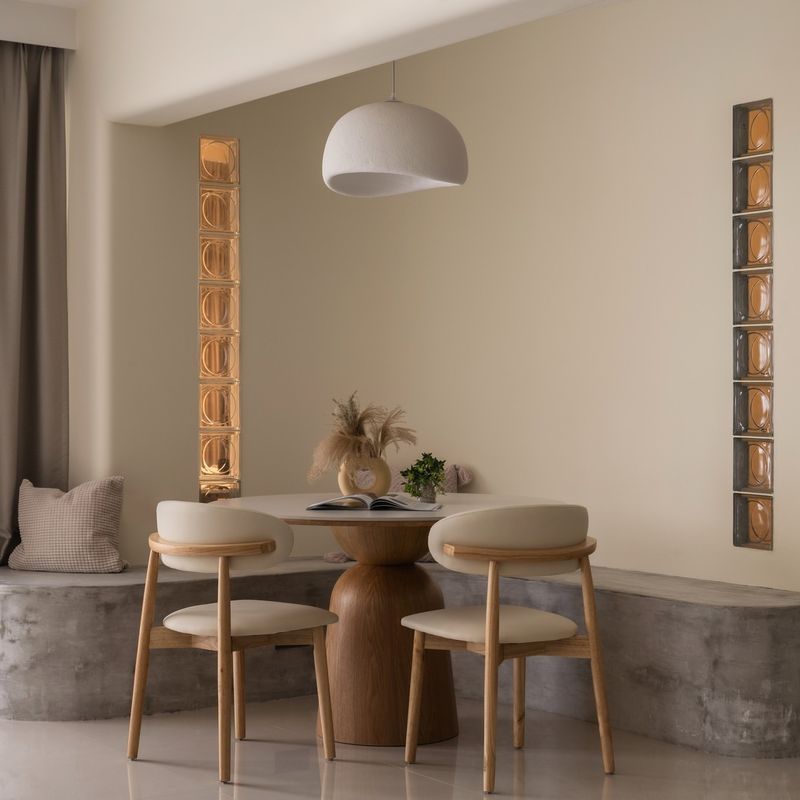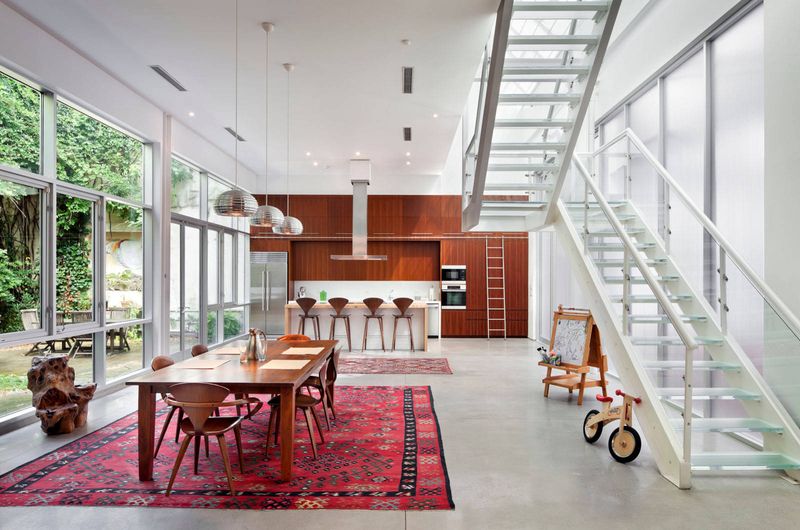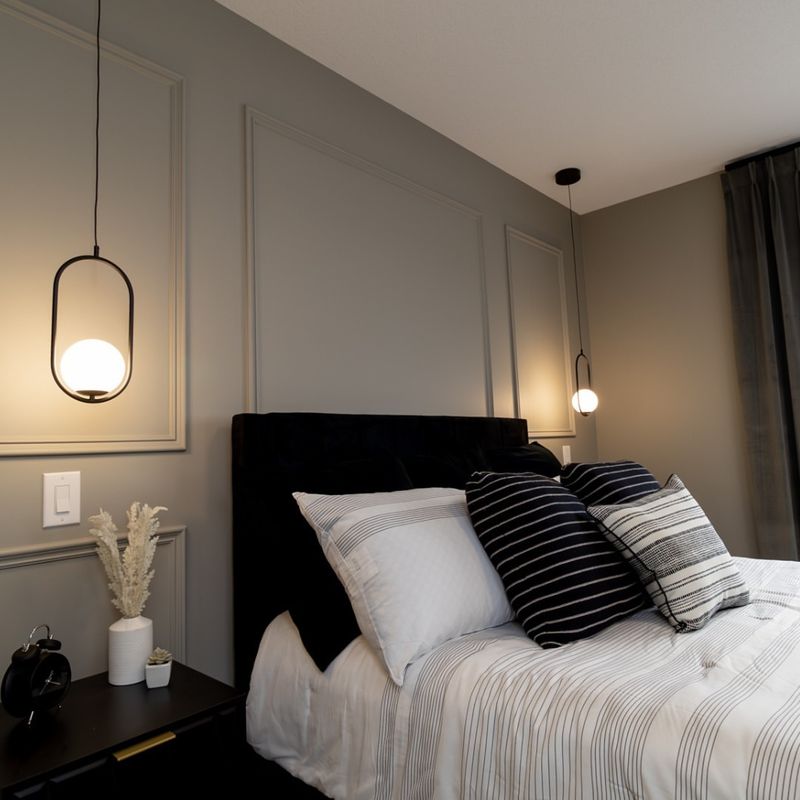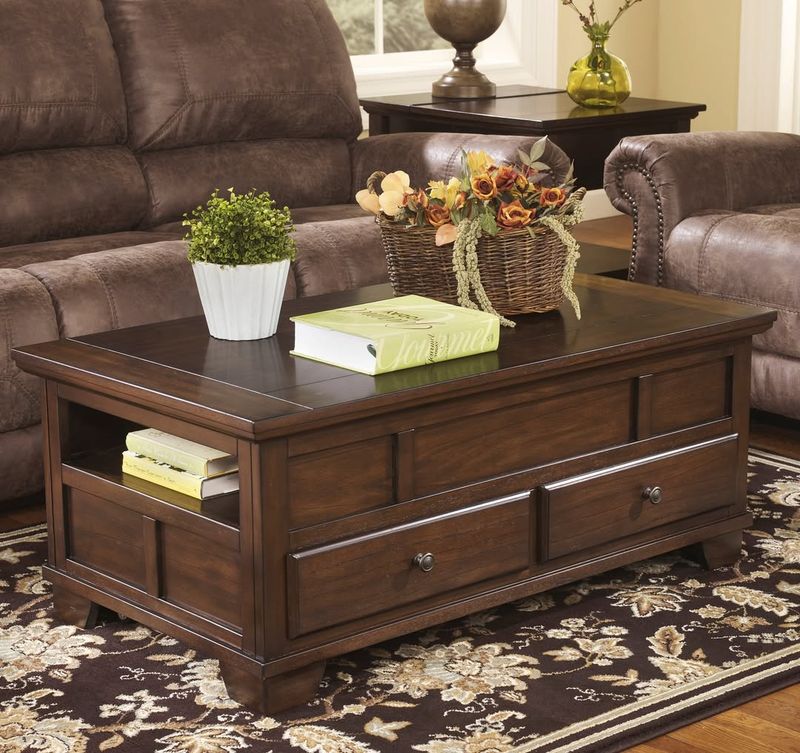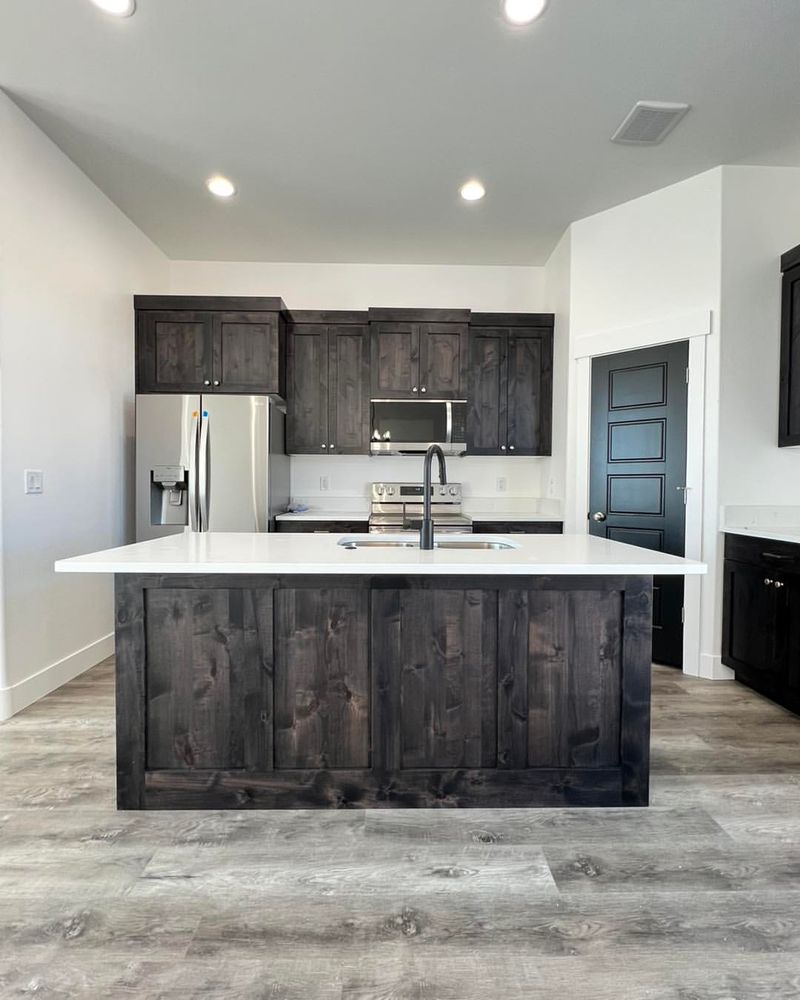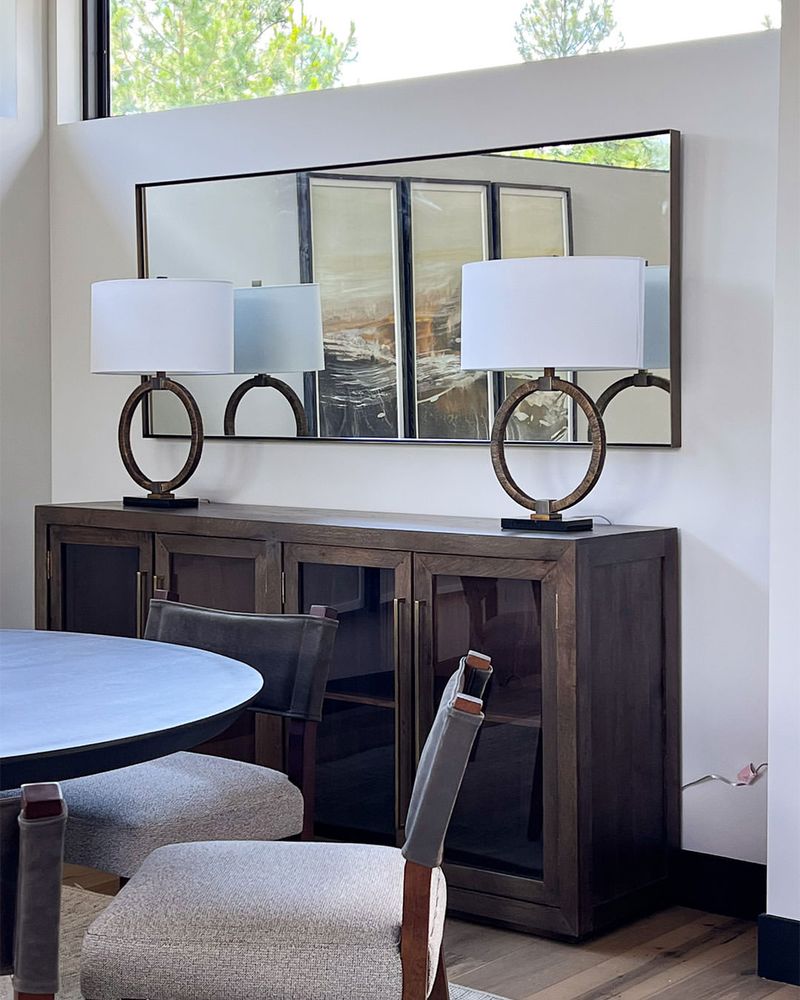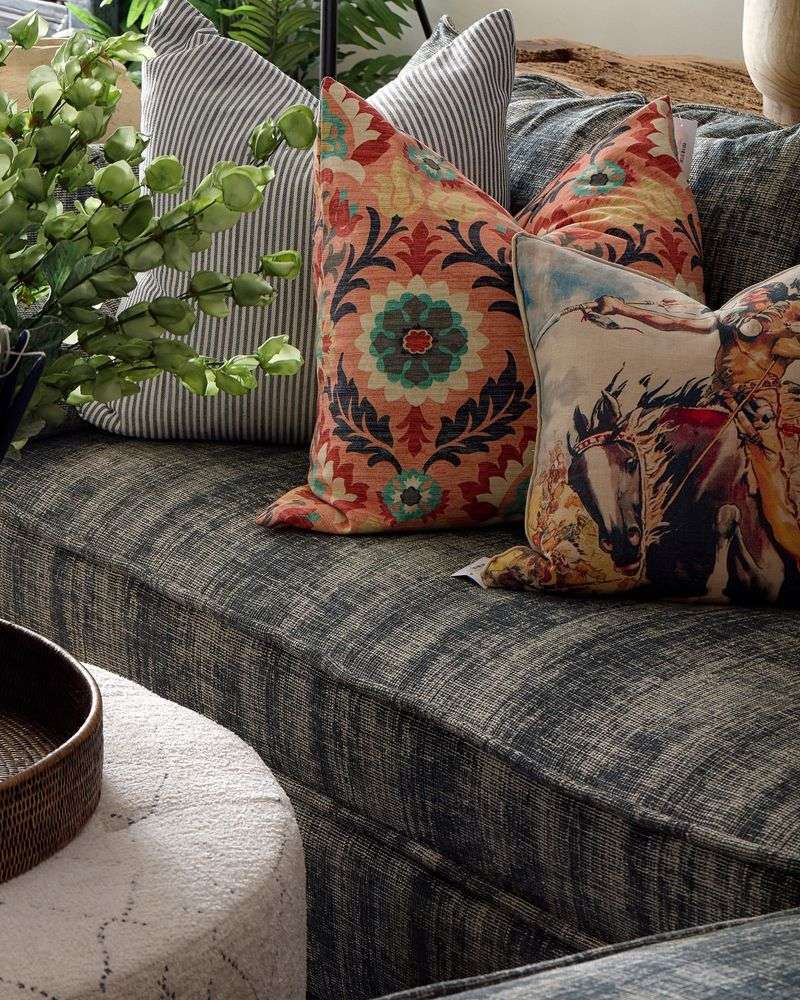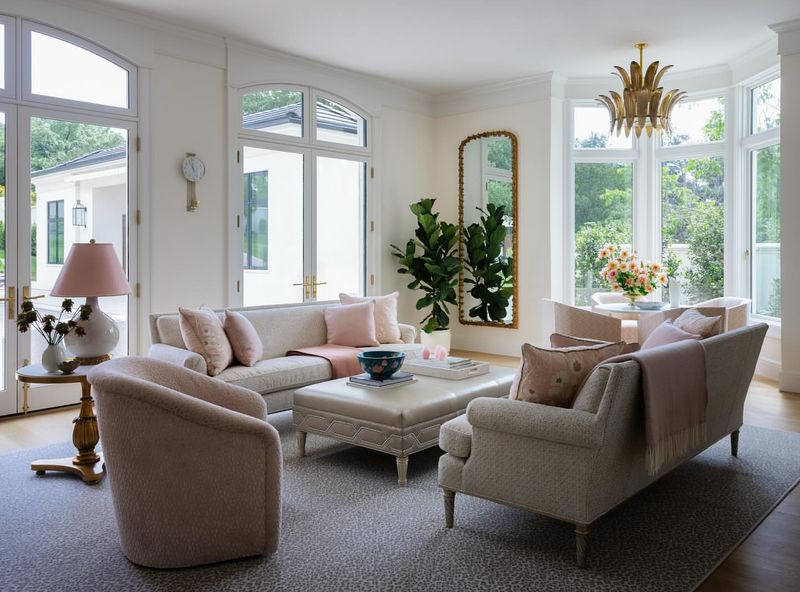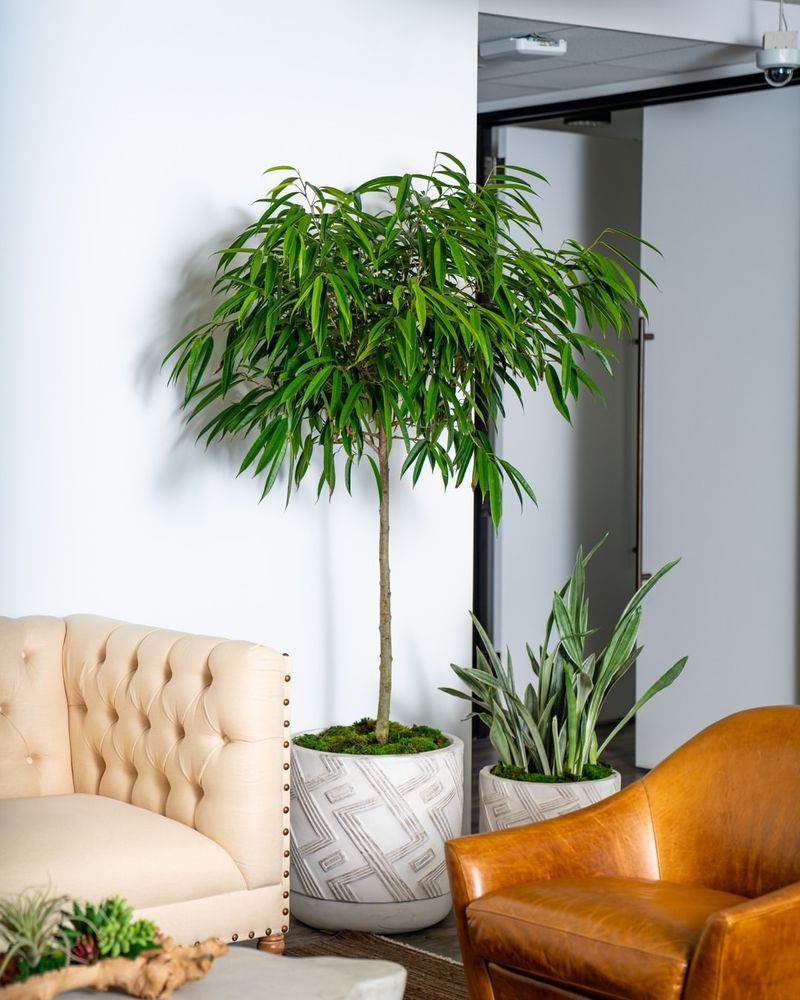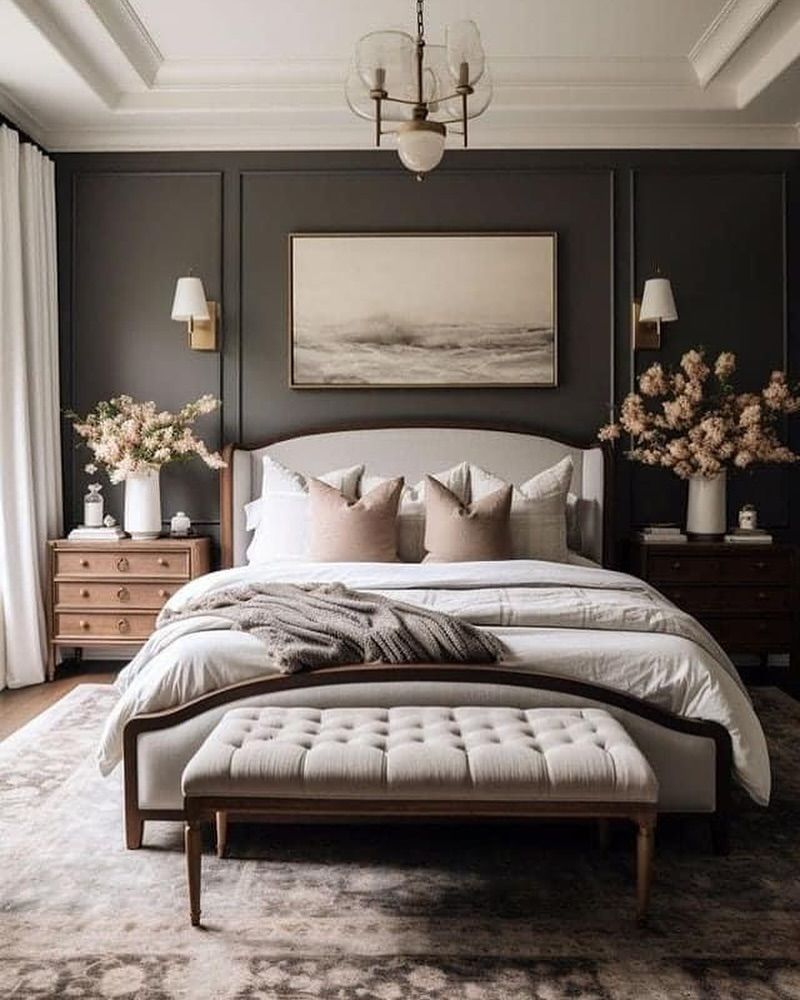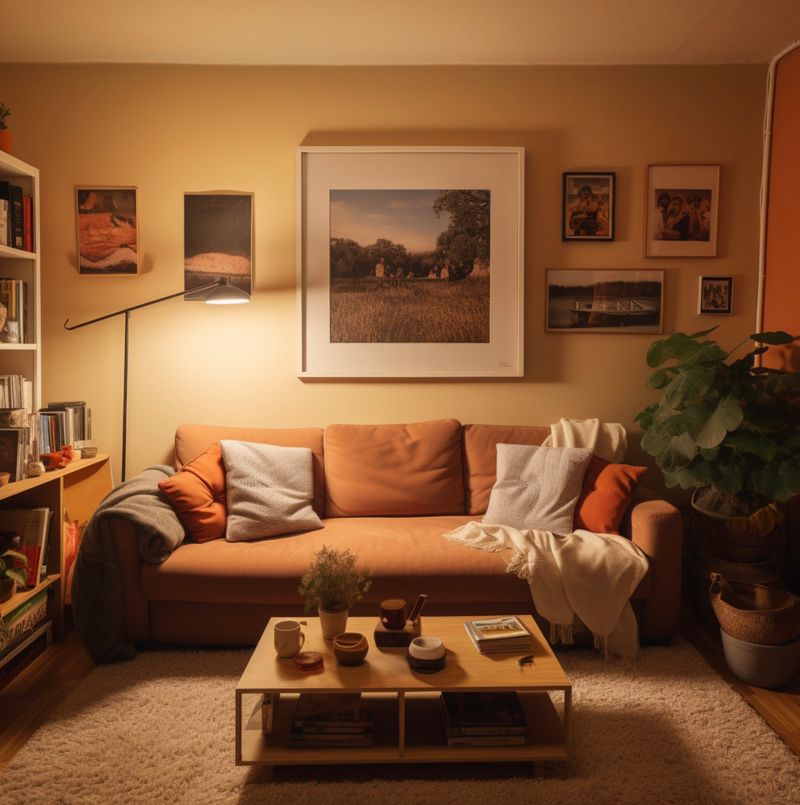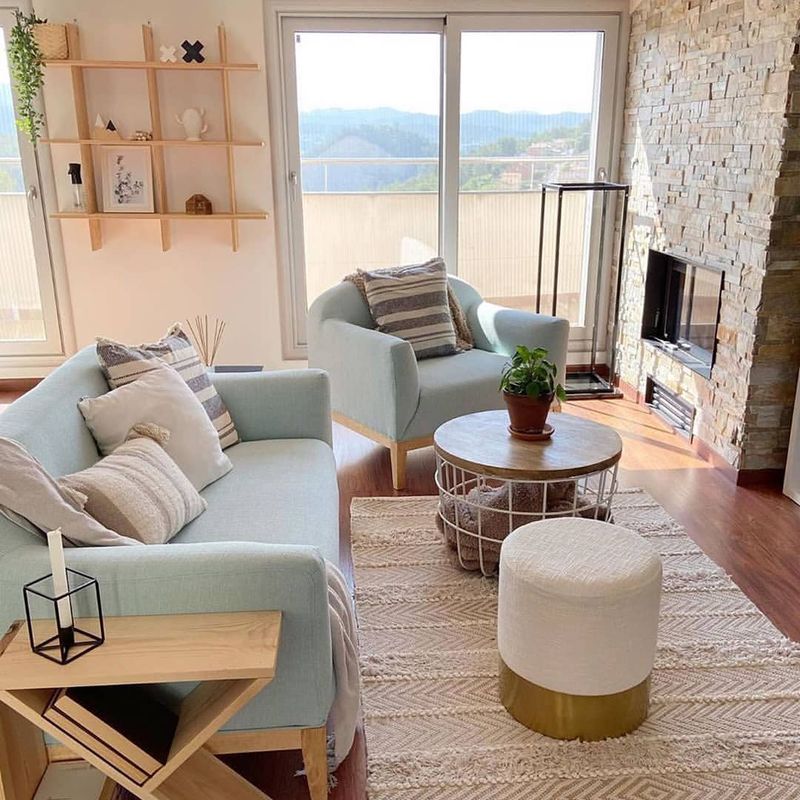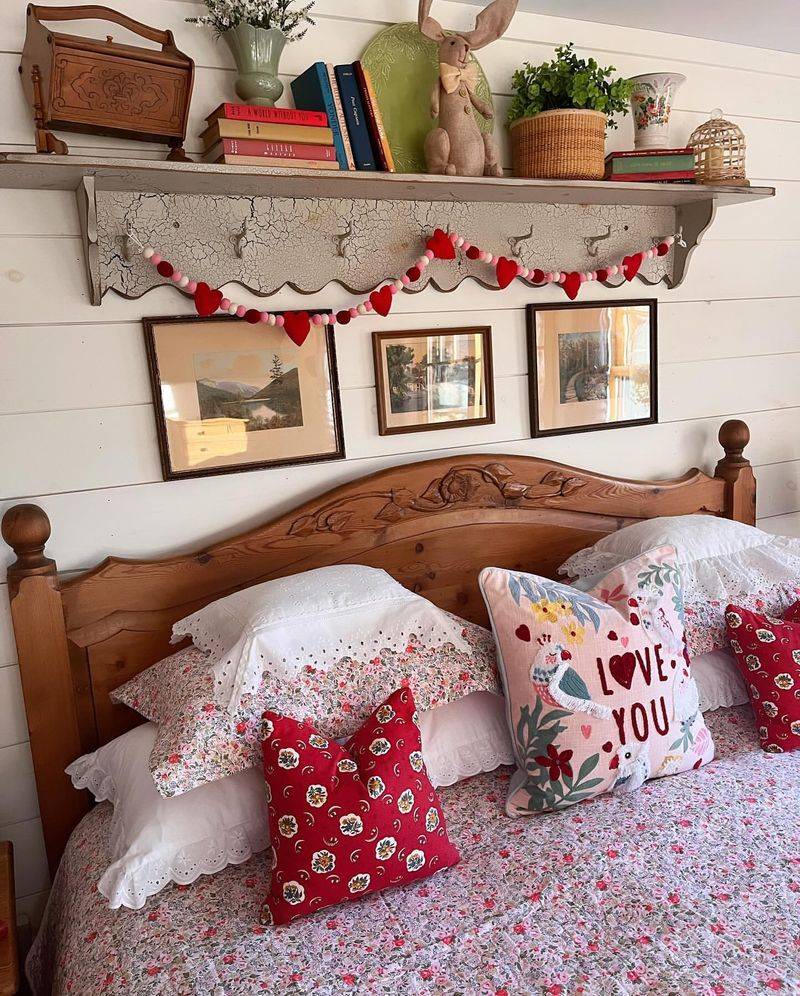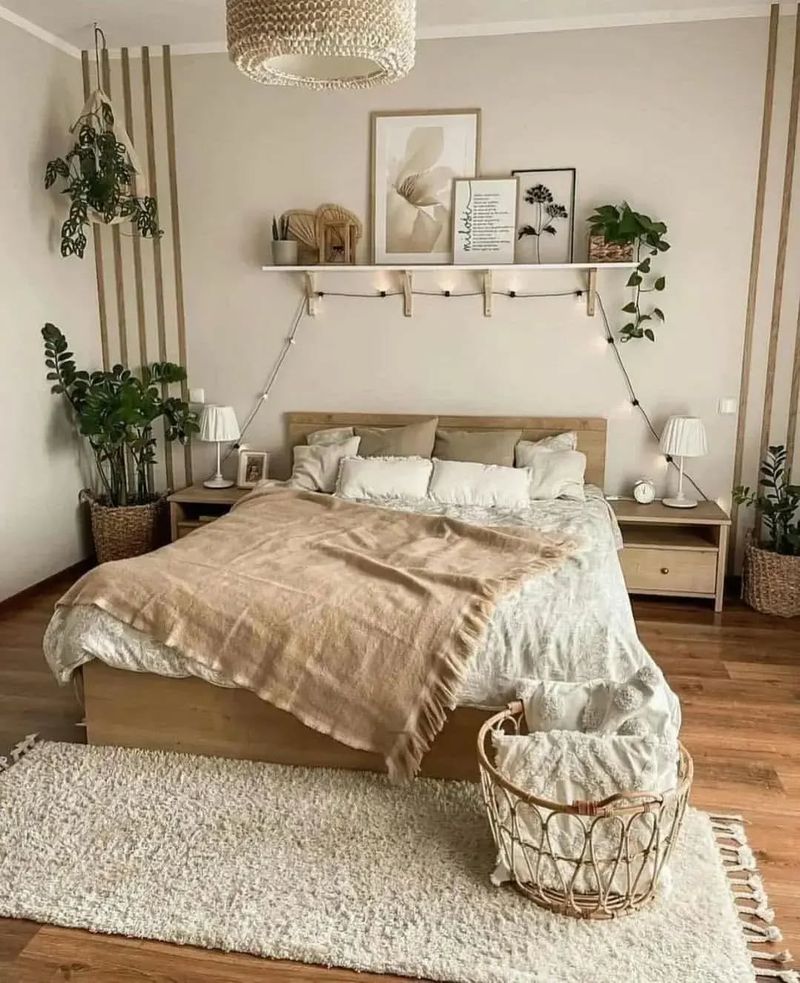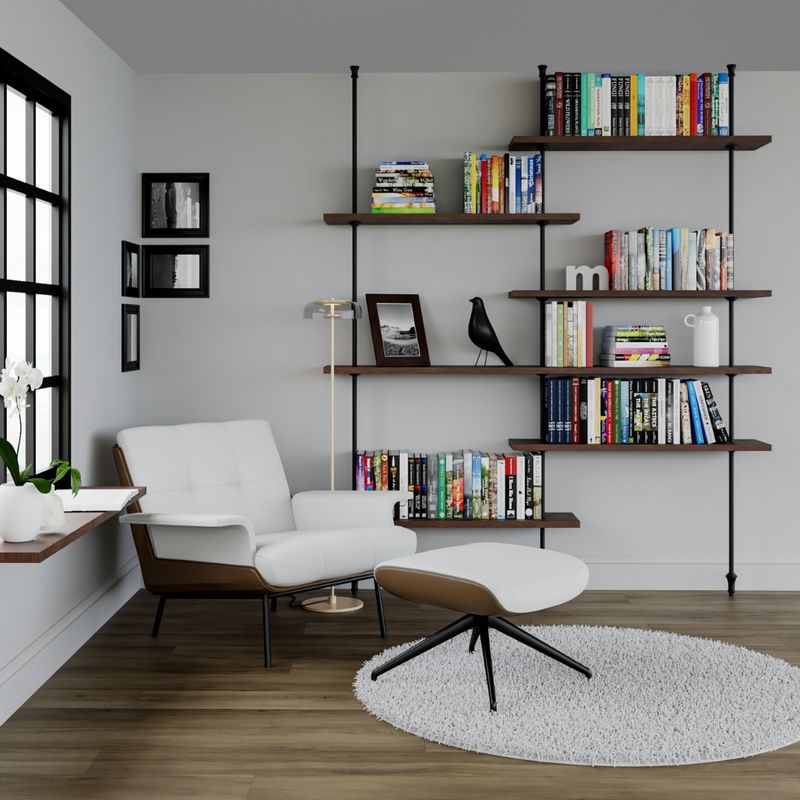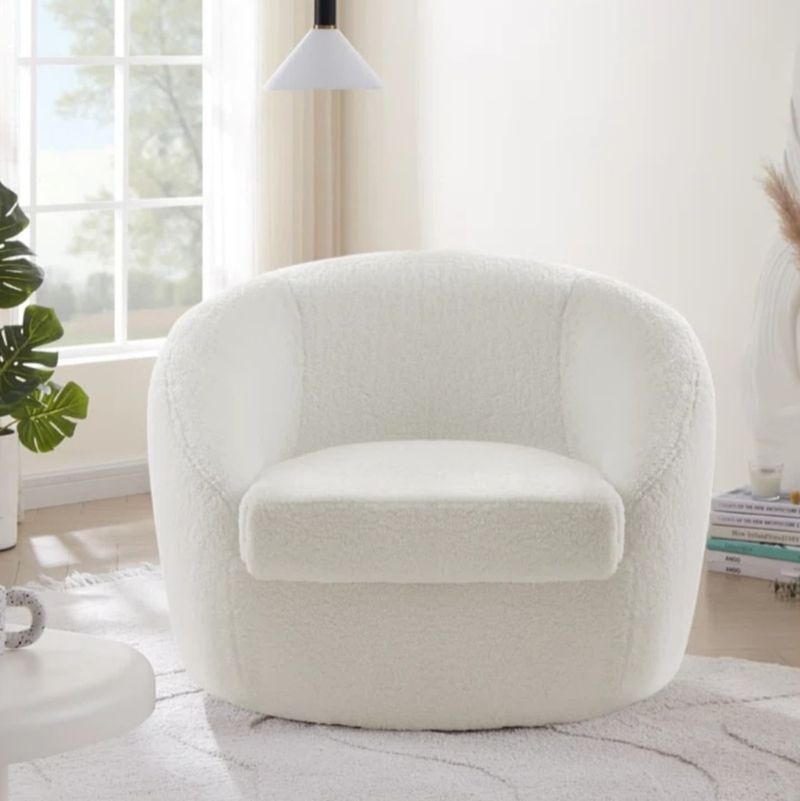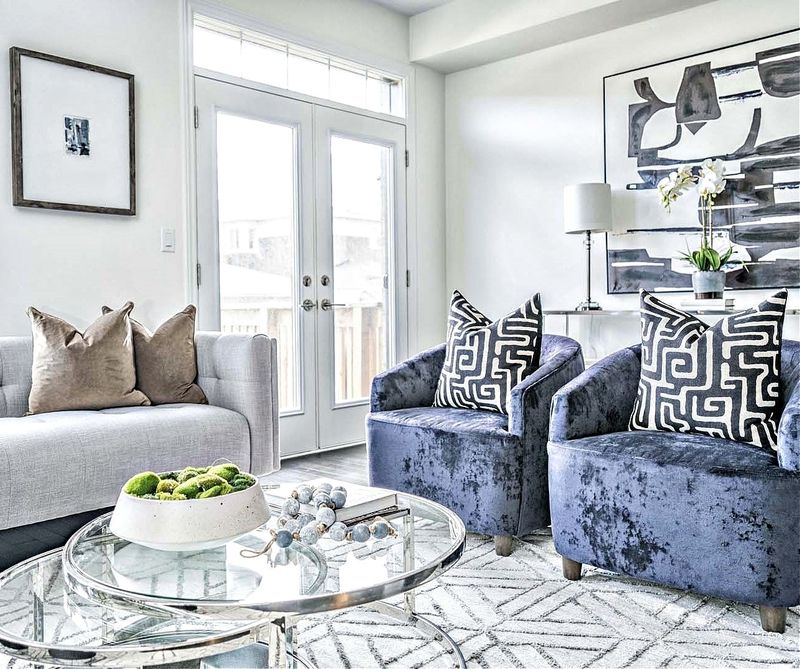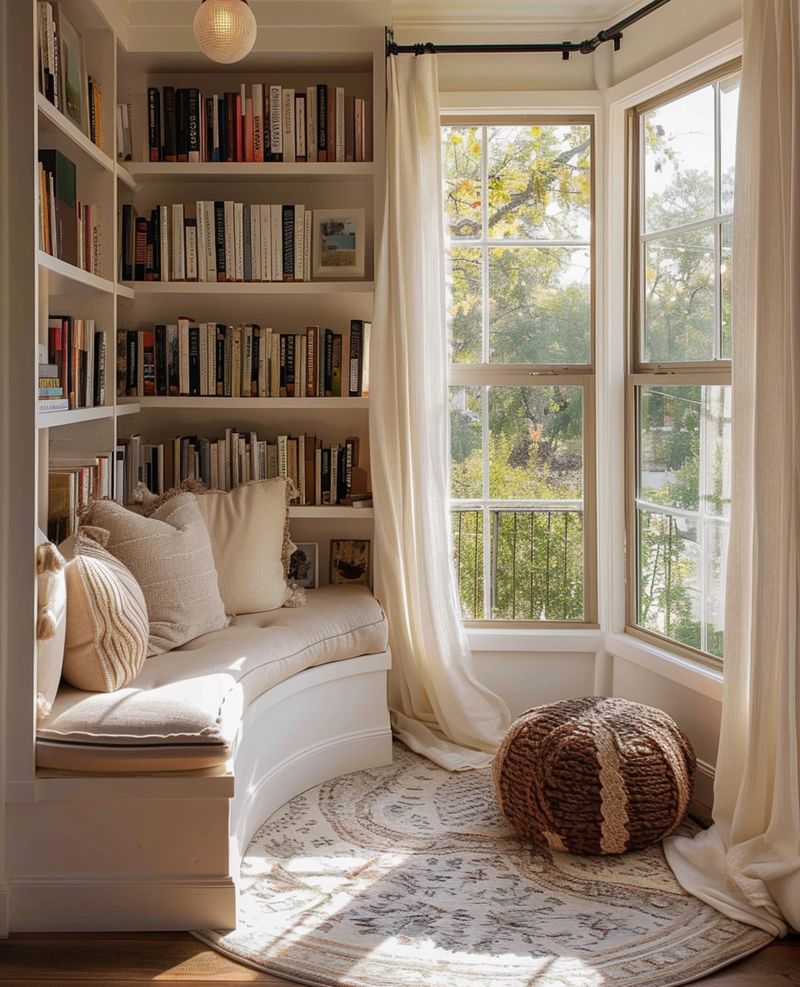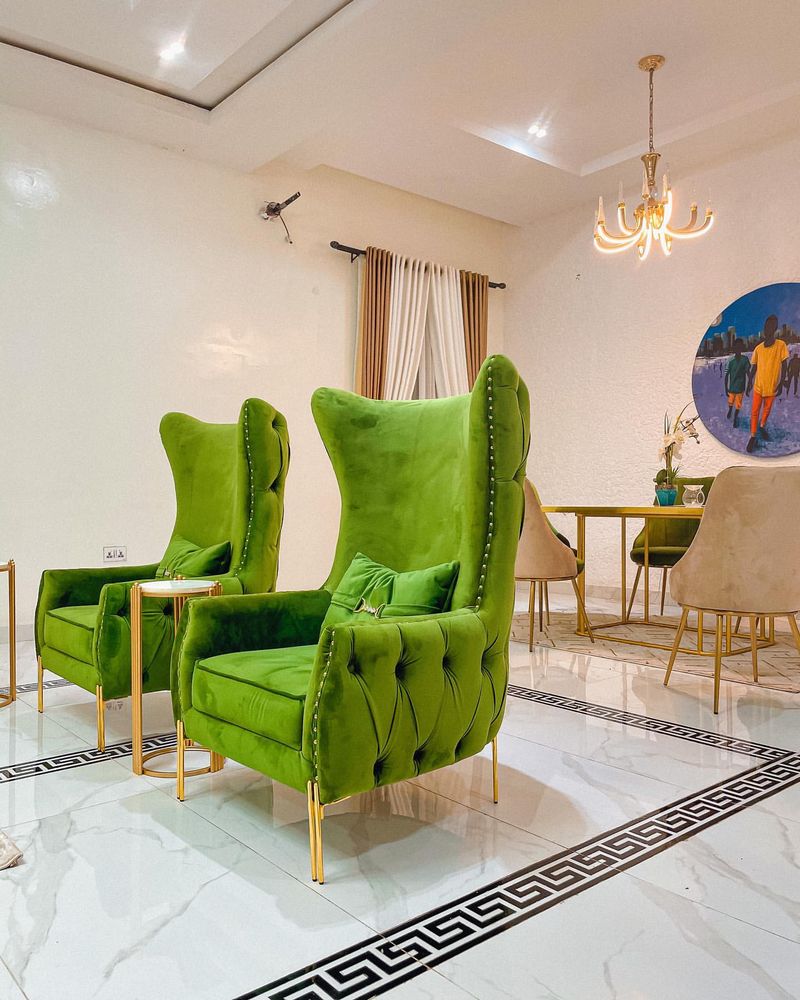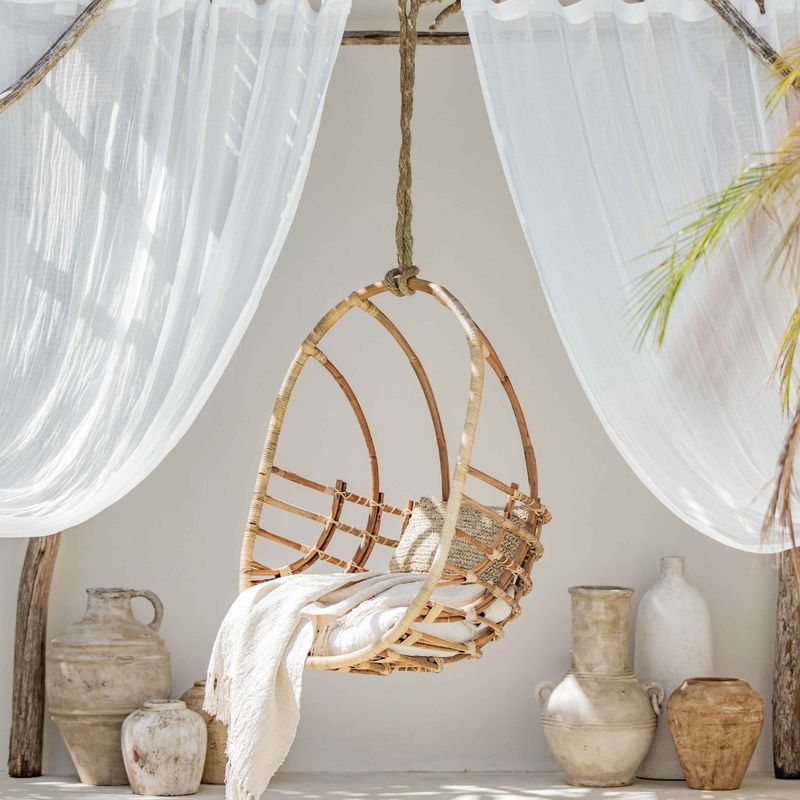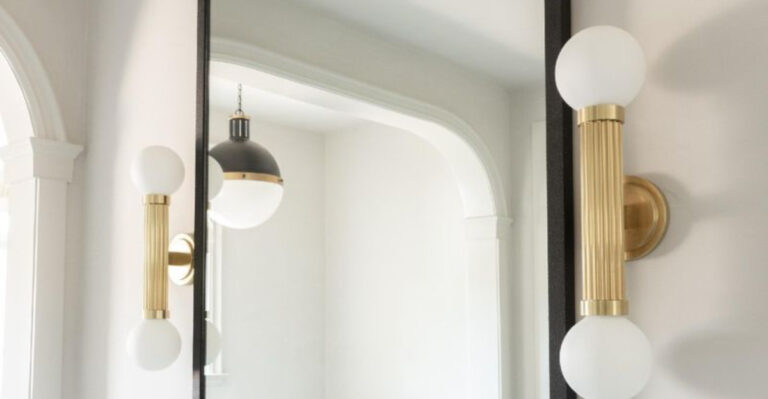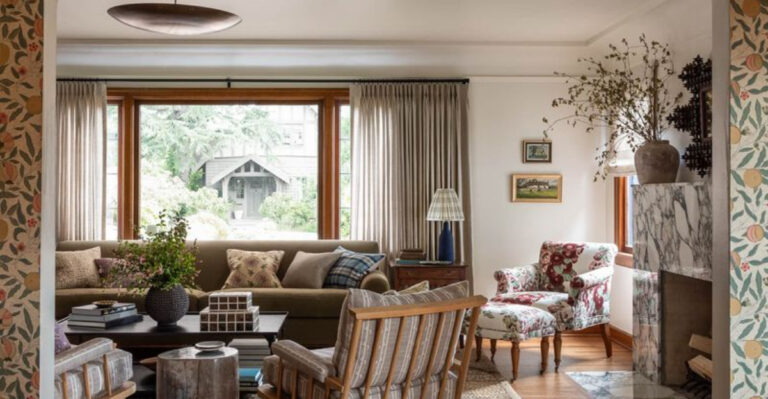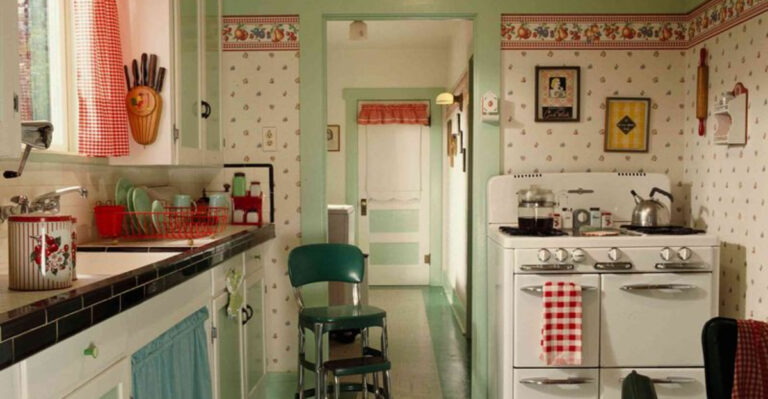28 Ways To Arrange Furniture Like A Professional Home Stager
Arranging furniture like a professional home stager can transform any living space into a stylish and functional area.
With these 28 tips, you’ll learn how to optimize space, enhance flow, and create a welcoming environment that appeals to all senses.
From balancing aesthetics and comfort to mastering the art of focal points, these strategies will help you stage your home like a pro. Let’s explore how you can make your home look its best.
1. Create a Focal Point
Every room needs a focal point, something that catches the eye and around which you can arrange the furniture. It could be a fireplace, an artwork, or a large window with a view. Arrange the seating to face the focal point, making sure there’s enough space to walk around.
This setup not only draws attention but also encourages conversation. By highlighting the focal point, you create a natural flow and balance in the room.
2. Use Symmetry
Symmetry brings a sense of order and calm to a space. When arranging furniture, try to balance the room by placing similar items across from each other. This could mean matching lamps on either side of a sofa or identical chairs facing each other.
Such arrangements are pleasing to the eye and create a harmonious look. In a dining room, symmetry can be achieved with chairs and table settings, fostering an organized and welcoming atmosphere.
3. Consider Traffic Flow
Good furniture arrangement facilitates easy movement. Think about how people will move through the space and ensure there are clear pathways. Avoid placing furniture where it might obstruct doors or natural walkways.
For instance, in a living room, make sure there’s enough space between the coffee table and the sofa. This thoughtful arrangement not only makes the room more functional but also helps in keeping the space open and airy, enhancing comfort and accessibility.
4. Maximize Small Spaces
In small spaces, every piece of furniture must serve a purpose. Consider using multifunctional furniture, like a sofa bed or a coffee table with storage. Vertical space can also be utilized with shelves or wall-mounted units.
Arrange the furniture to make the room feel larger, using light colors and mirrors to add depth. This approach not only saves space but also makes the area feel cozy and inviting. Proper arrangement is key to maximizing the potential of smaller rooms.
5. Anchor with Rugs
Rugs can define a space and tie different pieces of furniture together. Use a large area rug to anchor a seating arrangement, ensuring all furniture touches the rug. This not only adds warmth but also helps delineate the area in open floor plans.
Choose a rug that complements the room’s color scheme and style. The texture of the rug can also enhance the room’s aesthetic, making the space feel more cohesive and inviting.
6. Play with Scale and Proportion
The scale of furniture affects a room’s overall feel. Balance large furniture with smaller pieces to create visual interest. For example, pair a large sofa with a smaller coffee table or side chairs. This contrast can make a room feel dynamic yet balanced.
Avoid overcrowding with too many large items, which can overwhelm the space. Instead, mix different sizes and shapes to add character, ensuring each piece complements the others, enhancing the room’s unique style.
7. Embrace Minimalism
Less is often more when it comes to furniture arrangement. Embrace minimalism by selecting only essential pieces that offer both function and style. This creates a clean, uncluttered look that feels relaxing and spacious. Use furniture with clean lines and neutral colors to enhance this effect.
A minimalist approach not only highlights the beauty of the room but also makes it easier to maintain. This style is perfect for creating a modern, peaceful environment.
8. Create Zones in Open Spaces
Open spaces can feel overwhelming without defined areas. Create distinct zones by arranging furniture to designate different functions, such as dining, lounging, or working. Use rugs, screens, or furniture itself to separate these zones visually.
This approach not only organizes the space but also enhances functionality and flow. By clearly defining each area, you can make an open floor plan feel more intimate and manageable, offering a structured yet flexible living environment.
9. Highlight Architectural Features
Architectural features like beams, brick walls, or large windows should be highlighted through strategic furniture placement. Arrange furniture to draw attention to these elements, perhaps by placing seating near a window or using a table to showcase a unique wall.
This not only complements the room’s design but also adds character. Emphasizing architectural details can transform a space, making it more memorable and visually appealing, while adding a unique touch to the overall decor.
10. Incorporate Multi-Functional Furniture
Multi-functional furniture is perfect for optimizing space, especially in smaller homes. Consider a sofa bed, or a dining table that extends as needed. These pieces provide flexibility, allowing the same room to serve multiple purposes.
By incorporating multi-functional elements, you can maximize available space without sacrificing comfort or style. This thoughtful arrangement enhances both daily living and guest entertainment, offering convenience and adaptability for various needs and occasions.
11. Balance Light and Dark Elements
Balancing light and dark elements in a room adds depth and sophistication. Use lighter hues on walls and large pieces to keep the space open, while incorporating darker accents through smaller furniture or decor. This contrast can make a room feel dynamic and well-composed.
Carefully select pieces that complement each other, achieving a harmonious blend of shades. This approach not only enhances visual interest but also helps create a warm and inviting atmosphere.
12. Use Mirrors to Enhance Space
Mirrors are a fantastic tool to enhance space and light. Placing a large mirror opposite a window can reflect natural light, making the room feel brighter and more spacious. Use mirrors to create the illusion of depth, especially in smaller or narrow rooms.
Choose stylish frames that complement the decor, adding an elegant touch. This simple addition can dramatically alter the perception of a room, transforming it into a more open and appealing environment.
13. Layer Textures for Warmth
Layering textures can add depth and warmth to any room. Combine different materials like wood, metal, and textiles to create a rich and inviting atmosphere. Use soft throws, cushions, and rugs for comfort, alongside sleek tables or lamps for contrast.
This mix not only enhances the room’s aesthetic appeal but also makes it feel more lived-in and cozy. By thoughtfully layering textures, you can personalize a space, giving it character and warmth that welcomes all who enter.
14. Arrange for Social Interaction
Arrange furniture to promote interaction. Position seating to face each other, making it easy for guests to converse. Use a circular or semicircular configuration to create an intimate setting, ideal for gatherings.
This setup not only fosters communication but also enhances the room’s social aspect, inviting warmth and engagement. Such thoughtful arrangement ensures that the space is both functional and welcoming, perfect for family time or entertaining friends.
15. Integrate Nature Indoors
Bringing nature indoors can refresh and enliven a space. Use plants to add color, texture, and life to the room. Position them near windows or in corners to soften the space. Natural materials like wood or stone can also be incorporated through furniture or decor.
This connection to the outdoors not only enhances the aesthetic but also promotes well-being. Integrating nature into your home creates a serene and balanced environment that feels nurturing and harmonious.
16. Use Color Strategically
Color can dramatically affect a room’s mood and perception. Use it strategically to create interest and define spaces. An accent wall or colorful decor pieces can add vibrancy and focus. Keep the main palette neutral to allow these elements to stand out without overwhelming the room.
This approach allows for easy updates by simply changing accent colors. Thoughtful use of color enhances the ambiance, making the space feel fresh and lively with minimal effort.
17. Optimize Lighting
Lighting plays a crucial role in setting the mood of a room. Use a combination of ambient, task, and accent lighting to create layers and depth. Dimmer switches offer flexibility, allowing you to adjust the brightness as needed.
Position lamps strategically to illuminate darker areas and highlight key features. This thoughtful use of lighting enhances the room’s functionality and ambiance, making it feel cozy and inviting. Proper lighting can transform an ordinary space into a welcoming haven.
18. Enhance with Art
Art can be a powerful tool in personalizing a space. Choose pieces that resonate with you and complement the room’s style. Hang artwork at eye level, or create a gallery wall for visual interest. Art can serve as a focal point, adding color and texture.
This not only enhances the room’s aesthetic but also reflects your personality. Incorporating art into your furniture arrangement adds depth and character, making the space uniquely yours.
19. Keep Scale in Mind
The scale of furniture should match the room’s proportions. Large pieces in a small room can overwhelm, while tiny furniture in a large space can feel lost. Choose items that fit the space well, maintaining balance and harmony.
Pay attention to height, width, and depth, ensuring each piece complements the others. This careful consideration of scale not only enhances the room’s aesthetic but also improves functionality, creating a comfortable and cohesive environment.
20. Personalize with Accessories
Accessories are the finishing touches that personalize a space. Use items like vases, books, or personal mementos to add charm. Group similar objects for a cohesive look, or mix different textures and heights for interest. Change accessories seasonally to keep the decor fresh.
These additions not only reflect your personality but also enhance the room’s warmth and character. Thoughtful accessorizing transforms a house into a home, making it more inviting and uniquely yours.
21. Create Visual Balance
Visual balance is key to a harmonious room. Distribute furniture and decor evenly, ensuring no side feels heavier than the other. Pair large pieces with smaller ones to create equilibrium. Use symmetry or asymmetry depending on the style you wish to achieve.
This balance not only pleases the eye but also enhances the room’s flow and functionality. A well-balanced space feels comfortable and inviting, allowing you to enjoy the room’s design and layout fully.
22. Emphasize Vertical Space
Vertical space is often underutilized. Maximize it with tall bookshelves, vertical storage, or hanging decor. This approach not only provides additional storage but also draws the eye upward, making the room feel larger.
Use floating shelves for a modern touch, or high curtains to enhance the ceiling height. Emphasizing vertical space adds dimension and interest, transforming a room’s feel and functionality without overcrowding the floor area.
23. Match Style and Function
Style and function should go hand in hand. Choose furniture that meets your needs while complementing the room’s aesthetic. Functional pieces don’t have to sacrifice style; many modern designs offer both.
Consider your lifestyle and select items that enhance it, whether it’s a comfortable sofa for relaxing or a stylish table for dining. This balance ensures the room is not only beautiful but also practical, making it a joy to live in and use daily.
24. Adapt to Seasonal Changes
Adapting your space for different seasons keeps it fresh and inviting. Use interchangeable decor items like cushions, throws, or rugs to reflect the season’s color and mood. Lighter fabrics and colors work well in summer, while richer tones and textures add warmth in winter.
This flexibility allows you to refresh the space without a complete overhaul. By adapting to seasonal changes, your home remains vibrant and welcoming throughout the year, reflecting the beauty and diversity of each season.
25. Mix Patterns and Textures
Mixing patterns and textures adds character and depth to a room. Combine stripes, florals, and geometrics with various materials like velvet, wood, and metal for a rich and dynamic look. Keep a cohesive color scheme to tie different elements together.
This mix not only enhances visual interest but also adds layers to the decor. By thoughtfully blending patterns and textures, you create a unique and personalized space that captivates and charms, offering endless visual delight.
26. Leverage Architectural Layouts
Architectural layouts offer opportunities to optimize furniture arrangement. Use the room’s shape and features to inspire furniture placement. Align seating with windows for views, or use nooks for reading areas. Consider how the layout affects light and flow, arranging furniture to enhance these aspects.
This approach not only respects the architecture but also maximizes the room’s potential. By leveraging architectural layouts, you create a space that feels both integrated and inviting, showcasing the home’s unique character.
27. Strategically Place Accent Chairs
Accent chairs are versatile pieces that can enhance any room’s aesthetic. Place them near windows to take advantage of natural light, creating a cozy nook perfect for reading or relaxation.
These chairs can be used to fill empty spaces or to complement a seating arrangement by adding extra seating. Opt for chairs with bold colors or patterns to make a statement and draw attention.
Ensure that the chairs are positioned to facilitate conversation and flow within the room. This strategic placement not only adds comfort but also boosts the room’s overall appeal.
28. Swing Seats
Add movement and fun with indoor swing seats. Hang these playful elements from your ceiling to create an engaging, dynamic seating option. Perfect for relaxation and leisure, swings encourage a playful interaction with space. Surround them with lush indoor plants for a fresh, lively feel.
Cozy cushions enhance comfort, making these swings an inviting retreat. Whether reading a book or chatting with friends, the gentle sway creates a tranquil setting. This unique touch transforms any room into a sanctuary of relaxation, offering a novel seating experience that’s both functional and fun.

